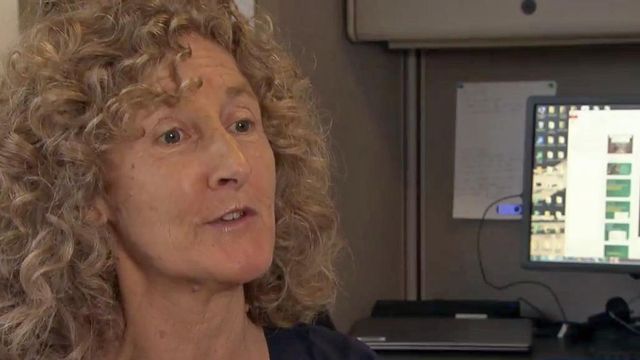SAS group using data to help endangered animals
There are thousands of endangered animal species, and some of the population numbers left are staggering. There are about 7,000 cheetahs and about 4,000 black rhinos, and there are only about 500 Siberian tigers across the globe. Scientists at Cary-based SAS are developing software that could help save them.
Posted — UpdatedThere are about 7,000 cheetahs and about 4,000 black rhinos, and there are only about 500 Siberian tigers across the globe.
Scientists at Cary-based SAS Institute are developing software that could help save them.
Zoe Jewell and Sky Alibahai are set to travel to the African country of Namibia to work on saving black rhinos.
"(We want) to see if we can help them monitor their black rhino population, which is spread out around the country in small groups," Jewell said.
Jewell and Alibahai run WildTrack, a nonprofit within SAS dedicated to non-invasive wildlife monitoring.
A few years ago in China, the pair used Conservation FIT, a footprint-identification technique that SAS also helped develop, to help people there track endangered animals.
"They can take an image of that footprint and upload it to our site," Jewell said.
The SAS software uses the pictures of prints to estimate the species, sex, age and other information about the animal.
Then, it predicts how many different animals are associated with that track in a given region. It's important information for researchers and conservationists.
"The first question is, 'Where are they? How many are there?'" Jewell said. "So, without this baseline data, we can't begin to make progress in conservation."
Alibahai says everyone should be concerned about dwindling animal populations.
"It has a huge impact, because it's a sign that you have something disappearing from the face of the Earth, which belongs to us all," Alibahai said.
Scientists hope their innovation will help save animal species before they disappear.
• Credits
Copyright 2024 by Capitol Broadcasting Company. All rights reserved. This material may not be published, broadcast, rewritten or redistributed.





